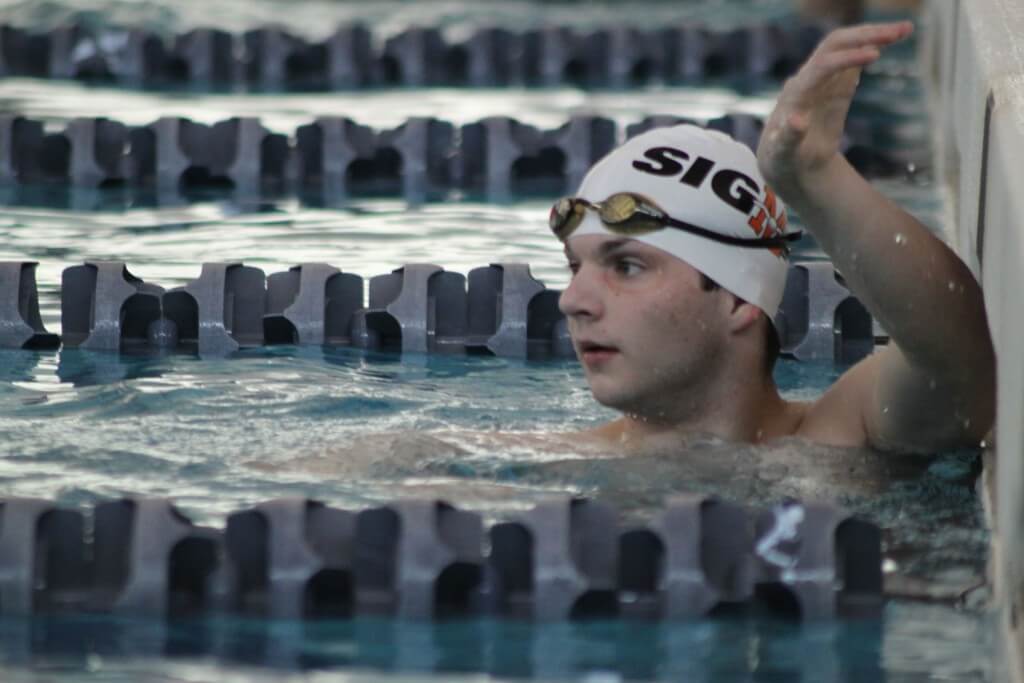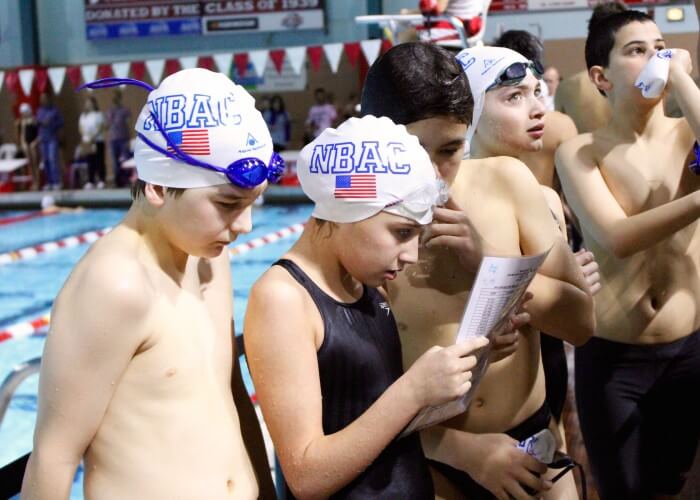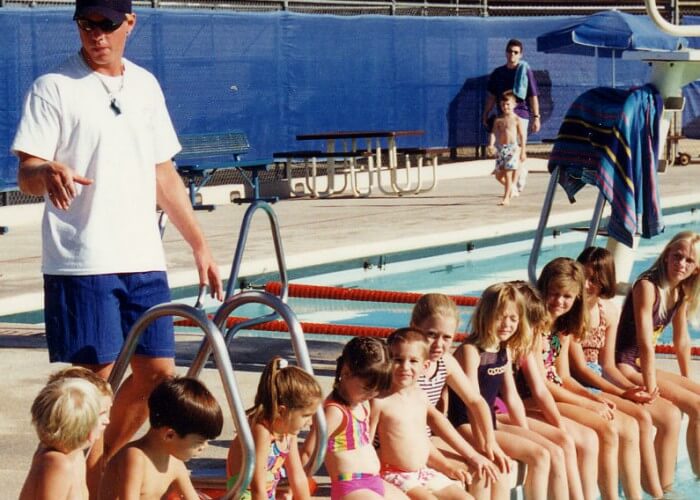The Sport of Swimming is Valuable–Here’s Why

By Sarah Lloyd, Swimming World College Intern
Maybe it’s just me, but I feel like everything today — both the tangible objects we buy and the intangible services to which we subscribe — is evaluated in terms of initial cost and eventual return. We evaluate how valuable something is to us. Cars are usually considered a poor, yet necessary investment because the moment you drive that brand new 2016 off the lot, its value depreciates. With every mile logged in the odometer, that car is worth less and less than what you initially spent on it and you continue to spend money on it for upkeep and gas.
I find myself doing this same kind of analysis when I buy clothing. Sure, this is a really cute dress that would be perfect for that one ~*fancy*~ thing I have next week, but how many times am I actually going to wear it? And how much does it cost? If I won’t wear it more than a couple of times and its cost is at the higher end of my budget, chances are I won’t buy it because I wouldn’t get my money’s worth from it.
With all of this talk of my very (and I mean very) limited knowledge of economics, here’s where I bring the sport of swimming into the mix. Swimming is something that has an initial cost to it — time, effort, commitment, actual money for suits and equipment — but I think that the return that comes out outweighs any initial deposit. Swimming is valuable.
There are some obvious returns that we get from swimming. We’re physically fit, we learn very quickly how to balance our schedules and manage our time, and being part of a team is integral to learning to work and live with others. As much as we personally benefit from the sport, I think it’s possible that our community benefits even more.
When children get involved in swimming, they learn a valuable, life-saving skill.

Photo Courtesy: Taylor Brien
We’ve all heard it before–put your child in swimming lessons early to prevent drowning, which is the second most common cause of accidental death in children in the United States and the fifth leading cause around the world, according to the World Health Organization. We also know of a few Olympians who were initially introduced to swimming because of a water safety concern. Cullen Jones was given swimming lessons after nearly drowning at a water park when he was 5 and Missy Franklin‘s parents put her into lessons because her mother didn’t know how to swim and didn’t want Missy to be afraid of the water like she was.
The link between swimming lessons and Olympic swimmers is well documented–USA Swimming Foundation sponsors the Make A Splash initiative, which brings swimming lessons to children all over the country, with numerous Olympians headlining the tours. But even if a swimmer is not an Olympian, they can still have a positive impact on the community as a whole.
Competitive swimmers, more often than not, started out in swimming lessons and many times, they also make the best instructors. Swimmers can teach new swimmers the same skill they learned when they were younger, which not only gives back to the community by making water safety a priority, but also gives those kids an opportunity to join a club team.
Club teams and college programs are fundamentally linked.

Photo Courtesy: ICMA Photos via Foter
The natural next step for many young swimmers with the skills they learned from swimming lessons is join a club team, which are integral in their value to the greater community because they provide an environment where children can experience the results of hard work and dedication in a tangible, physical sense. They can also act as a safe, encouraging, and supportive space for children who would otherwise go home to an empty house after school. They offer a sense of belonging to the child and a valuable and constructive outlet for energy, frustration, and anxiety.
The success and survival of club teams, though, is fundamentally linked to the existence of high level college programs. I would go so far as to argue that many club swimmers would not continue to swim throughout high school without the incentive to swim in college because that was, at least in part, the case for me. College programs off a stable, tangible next step for thousands of club swimmers around the world and for some, it’s their only opportunity to afford college. Without college programs, club teams would not do nearly as well as they do now.
When college programs, especially at the Division I level, offer scholarships to swimmers who would otherwise be unable to afford some of the top universities in the nation, it affords these athletes a lot more agency in their future than someone who may not be offered a scholarship for sports. The ability to choose a school and not worry about the financial situation allows the swimmer to truly focus on their education and swimming, even if swimming is not something they will pursue at the professional level.
By cutting college programs, we cut ties with the community.

Photo Courtesy: Emma Gogulski
The value of swimming in a community is probably greater than any of us realize and a lot of it is based on a trickle-down effect from the college programs. Technique, coaching styles, sets, community service opportunities, outreach programs, and program structure in college have a valuable influence within the club team circle. Club coaches often swam in college and bring different aspects of their experience to their team that include work ethic and respect for the sport.
When prominent schools like the University of Maryland or Clemson University decide to discontinue their swimming programs in favor of funding sports such as football or basketball, they are not only telling swimmers everywhere that swimming as a sport doesn’t matter as much as others, they also decidedly cut the positive influence of swimming locally. The number of swimmers shrinks, clubs go under, pools go unused, college swimmers lose an opportunity to coach in their hometowns, and fewer swimming lessons are given. The link between colleges and clubs is fragile and so, so important to the future of this sport.
By recognizing how valuable the sport of swimming beyond the personal advantages that it gives to individual swimmers, I hope that colleges and universities will think twice before they start to cut programs. The impact of an ended program is far greater and more profound than many realize. The initial cost of a program is far outweighed by the positive influence that a college program or a club team exudes into the greater community. Swimming, in any capacity, is a really good investment.

Cincinnati Bear Cats community outreach. Photo Courtesy: Emma Gresser



